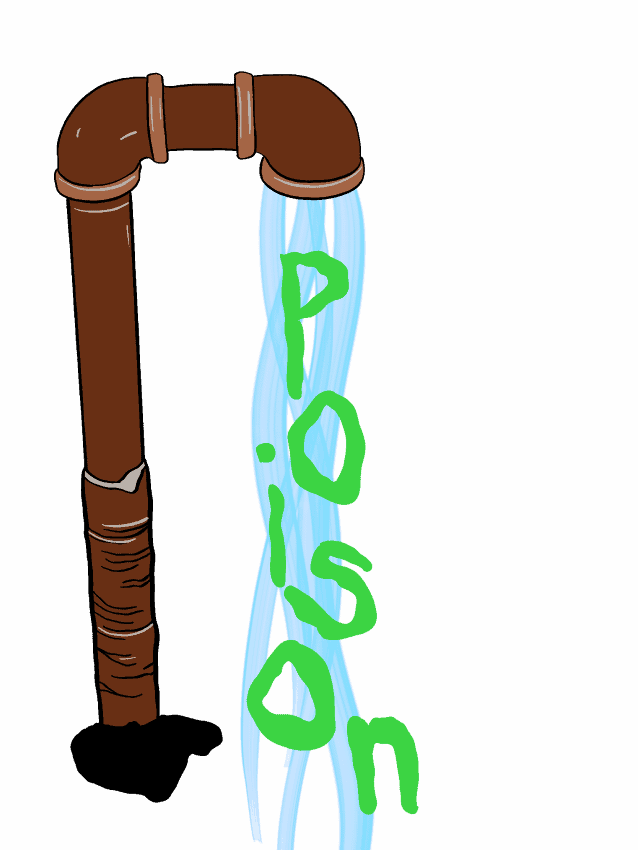
The City of Saskatoon has responded to a recent investigation into lead levels in Canadian tap water, citing their pre-existing plans to replace lead pipes in the city.
The investigation that led to the discovery of Canada’s contaminated tap water was organized by the Institute of Investigative Journalism out of Concordia University. The team was made up of journalists from across Canada, and notably, student journalists from nine different post-
secondary institutions. In one-third of tests conducted, the investigators found levels of lead exceeding the amount deemed safe by the federal government.
The University of Saskatchewan is not affected by the issue. In a statement to the Sheaf, the facilities department confirms that lead pipes are not present on campus.
“I can confirm that we are not aware of any lead pipes or fittings [on] campus,” Associate Vice-President of Services Wade Epp said. “The standard guideline limit is .01 mg/l [and] our recent test is .0001 mg/l. So we are way below.”
The city, however, is not in the clear. Saskatoon’s lead pipe replacement program has been ongoing since 2010. It is estimated that Saskatoon has just over 2,800 lead connections with approximately 380 of these pipes replaced during the summer of 2019. The city’s website states that they will replace around 500 lead service pipes per year; if all goes according to plan, all lead pipes will be replaced by 2026.
For lead connections located in private properties, the city deems property owners responsible for the portion of any water connections on their property. It is required than when they replace a lead connection, the property owner must do the same.
Neighbourhoods with lead pipes include older and historic areas of the city like Buena Vista and City Park, with the most lead connections being found on Nutana and Caswell Hill. Most of the city’s neighborhoods are led-free though, including newer areas of the city such as Stonebridge and Hampton Village that were built after lead pipes were phased out.
While the lead connections replacement plan is still underway, the city has dedicated a page on its website to this issue, including advice on how residents of homes with lead pipes can become aware of it and reduce their exposure.
“Lead can leach into your drinking water when it sits stagnant in household pipes. Flushing toilets, doing laundry and running showers all help ensure your drinking water is fresh,” the website reads. “If your water has not been used for at least six hours, run the cold water faucet for about five minutes before drinking or cooking.”
—
Kienan Ashton
Graphic: Shawna Langer/ Graphics Editor